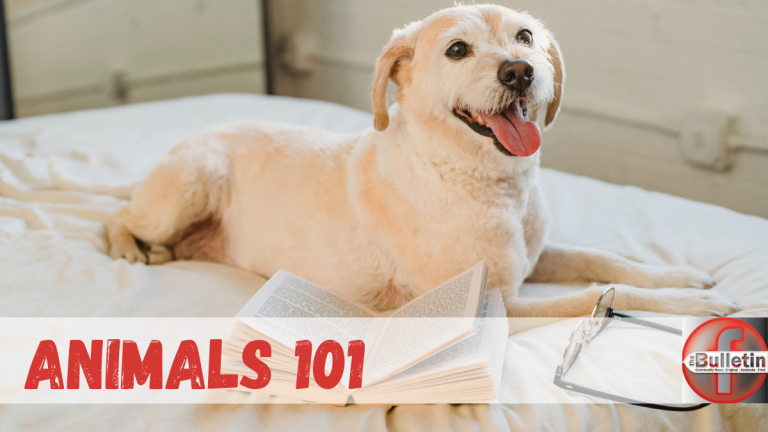
SOME INTERESTING AND IMPORTANT TIPS TO IMPROVE THE LIVES OF YOUR ANIMALS.
As pet owners, we are entrusted with the well-being of our furry companions. It’s crucial to remember that just because a product is sold in a pet store or recommended by a veterinarian doesn’t guarantee its safety or suitability for our pets. We are their advocates, and it’s our responsibility to do thorough research and consult trusted professionals to ensure their health and happiness. I cannot cover every single topic here today, but I have included some of my favourites which I have learned through the years and wish I had learned earlier.
How many of these do you know about? Every topic we touch on here can be found in more detail on THE PAW COMPANY’s page. You can just add the keywords in the search option on the page.
Choosing the Right Fit
Before welcoming a pet into your home, it’s essential to do your homework. It is not just about how the dog looks and never should be. Consider factors like energy levels and compatibility with your family’s lifestyle to ensure a harmonious bond between you and your furry friend.
Adoption
Adoption stands as the most ethical choice when bringing a pet into your family. Opting for adoption helps combat the overwhelming overpopulation crisis facing animals worldwide, offering a loving home to those in need. It has many benefits and is inexpensive compared to buying a pet or even getting one for free.
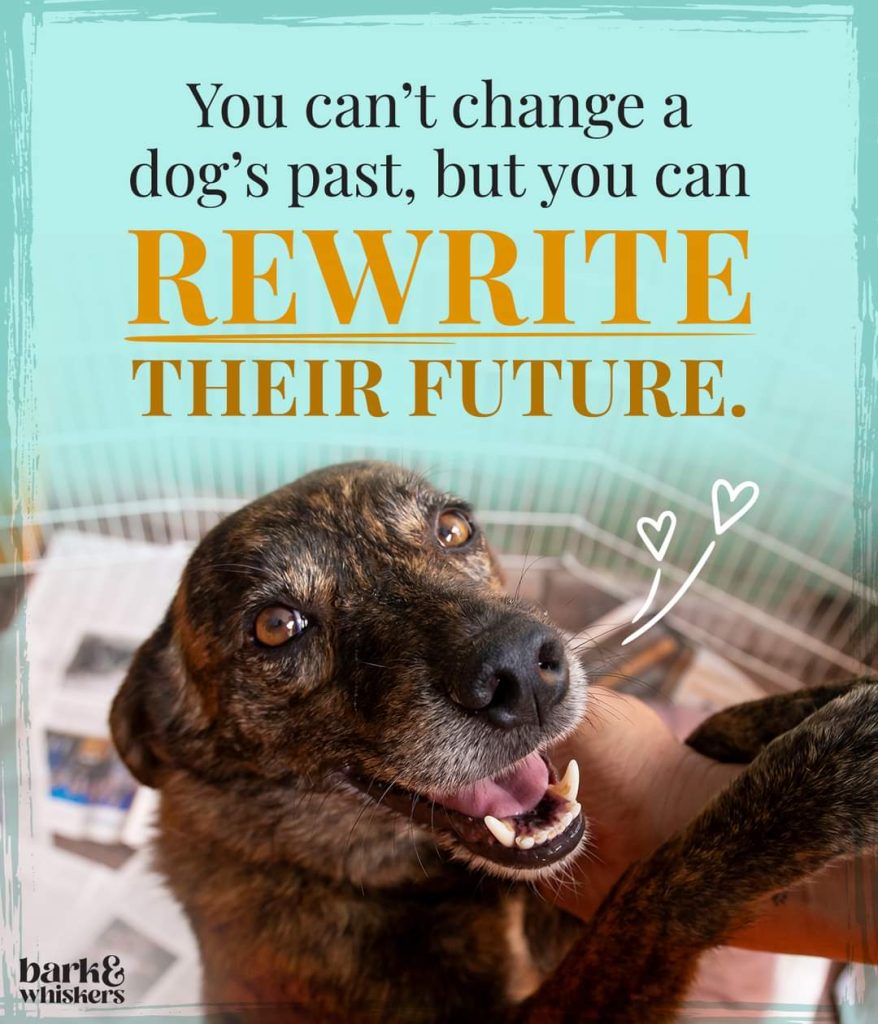
Choosing a veterinarian
Understanding that veterinarians are akin to general practitioners was an important realization for me. They are also not specialist in any particular organ like the heart, are not orthopedic specialists, or have expertise in every disease, including diseases like diabetes or cancer.
While they can offer immediate assistance in emergencies, owners of exotic pets such as rabbits, birds, and reptiles should seek specialized care from veterinarians with expertise in these unique species to ensure tailored and effective treatment. Even when it comes to sterilizations they are not always equipped to deal with all animals. Please do your homework about the vet you use and SA certainly needs more vets that act preventatively instead of just putting out fires.
Expecting too much from our pets
Expecting a dog to seamlessly integrate into our lives with a laundry list of expectations may be unrealistic. Dogs don’t inherently understand our world’s intricacies, and it’s our responsibility to gently teach them. Puppies, especially, require patience and consistent training to grasp our rules and routines. Frustration often arises when owners overlook the significant time and effort needed in the first months of a puppy’s life (or any animal’s life).
Despite the challenges, it’s essential to remember that animals don’t choose their circumstances and rely on us for guidance. Reflecting on their perspective can foster empathy and reinforce the importance of patience and understanding in building a strong bond with our furry companions. It is especially important when it comes to their mental health and understanding their emotions as sentient beings.
Enrichment Beyond Basics
Providing for your pets goes beyond the essentials of food, water, and affection. Enrichment activities and species-appropriate diets, tailored to their species-specific needs are vital for their mental and physical well-being.
Some dogs were bred to use their noses and some for agility and more. Understanding your pet’s breed or species is crucial when selecting appropriate toys and activities. Engaging in species-specific games and providing safe, suitable toys ensures a fulfilling playtime experience for your pet.
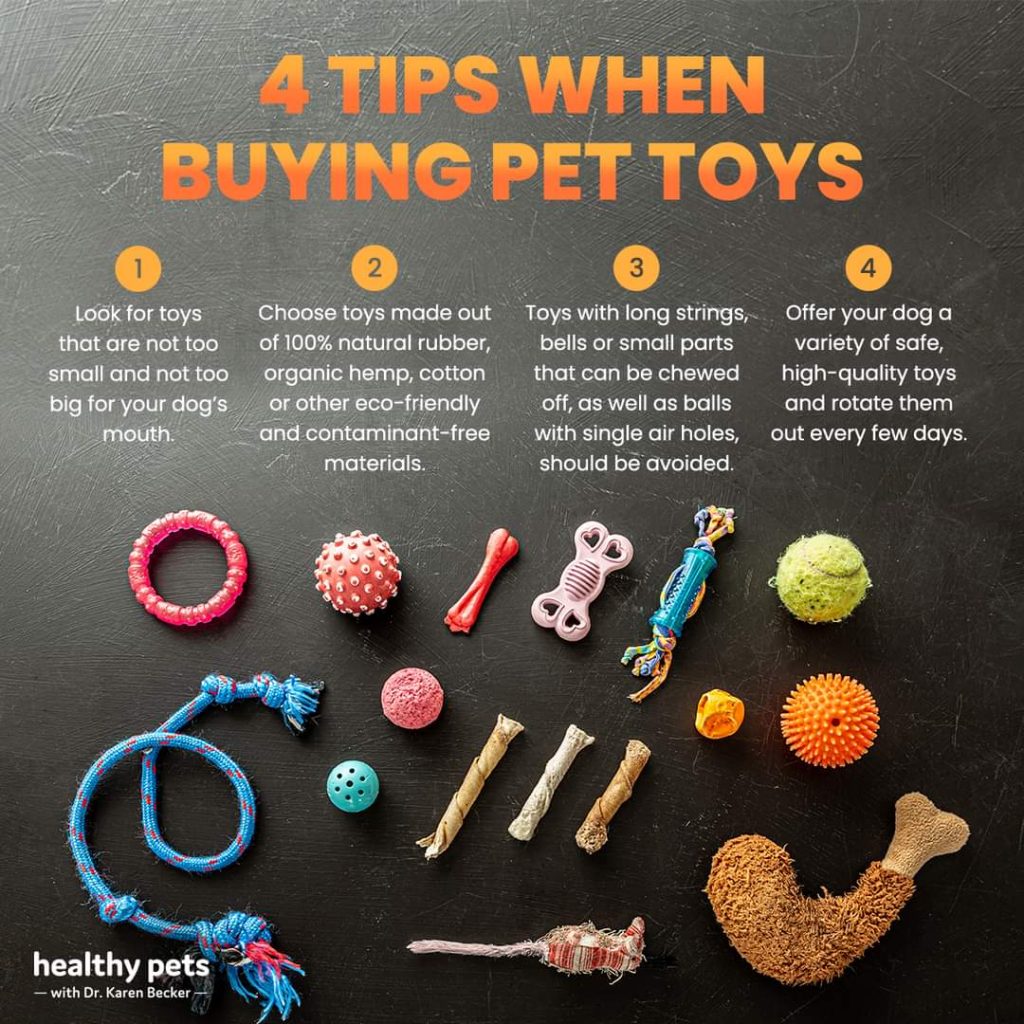
Choosing toys
Many of the most popular toys at pet stores or even vet shops contain dyes, heavy metals, and chemical residues that are harmful to pets, and a safe label on the toys’ packaging cannot tell you that it’s completely harmless. Here are 3 things to remember when choosing toys to ensure your pet’s safety:
- Look for appropriately sized toys that your pet can comfortably hold in their mouth, but not small enough for them to accidentally swallow.
- Choose toys made out of 100% natural rubber, organic cotton, or other eco-friendly and contaminant-free materials.
- Avoid toys with bright colours and chemical smells, as well as those are usually made from nylon or flavoured plastic.
Socialization and Companionship
Recognize the importance of socialization for your pet’s overall happiness. While some animals thrive in the company of others, some may prefer solo play or interaction with their human companions.
Socialization is NOT about animals playing with each other although it is an important skill. It is about safe exposure to a wide variety of stimuli so they can learn to act calm and confident around many people, animals, and things and in many different situations.
Stay with mom until 8-12 weeks
We in animal welfare do not support breeding when there is a massive overpopulation crisis! We don’t support the selling or giving away of animals for free and I have written extensively about it before. However, a bad practice that has been rearing its head for a while now is these breeders (anyone who allowed their animals to have litters) who give these pups and kittens away around 3 to 6 weeks.
These pups/kittens learn valuable behavioural info from mom too. Other problems commonly found with removing these pups/kittens early include being unable to problem-solve calmly, low tolerance for frustration, poor social skills, poor impulse control, and sensitivity to touch and handling.
Rescues doesn’t have this luxury though because many times these babies are dumped or the mom dies. If you have a very young pup or kitten, plan on doing extra behaviour modification work to help them overcome their early social deprivation – lots of interaction with socially appropriate animals, conditioning to handling, redirecting their mouth to toys, and teaching them to bite only gently.
Training
If you don’t train them, don’t blame them. Remember that there are basically three sectors involved in dog training and behavior, what to look for and who to go to depending on your needs are with your dog.
- Dog Trainer
- Dog Behaviour Consultant / Behaviourist
- Veterinary Behaviourist
Barking and other Natural Behaviour
Dogs bark. It is a natural behaviour and a way of communicating. Yes, excessive barking is not good, but you need to find out why the dog is barking and address the underlying reason, whether it is boredom, fear, trying to get your attention, or something else.
Accepting natural behaviors in dogs and animals, like barking, humping, digging, and licking, is crucial for understanding their instincts and needs. Barking communicates various emotions, humping can be a form of energy release, digging satisfies natural urges, and licking serves as a form of affection and grooming for example. Recognizing and embracing these behaviors strengthens the bond between humans and animals.
Dog bite prevention
Dog bites are 100% preventable, but all we need are responsible pet guardians. If it is a dog bite in a public area, it usually includes an owner who didn’t secure their yard properly. For that, we need more accountability, but when it comes to dog bites in your own yard or including your children then know this: Dogs do not bite out of the blue, there were many calming signals and signs the dog gave you before they bite. This includes subtle signs like licking, yawning, whale eye, lifting a paw, and more. Learn to read body language well to protect them, other animals and humans.
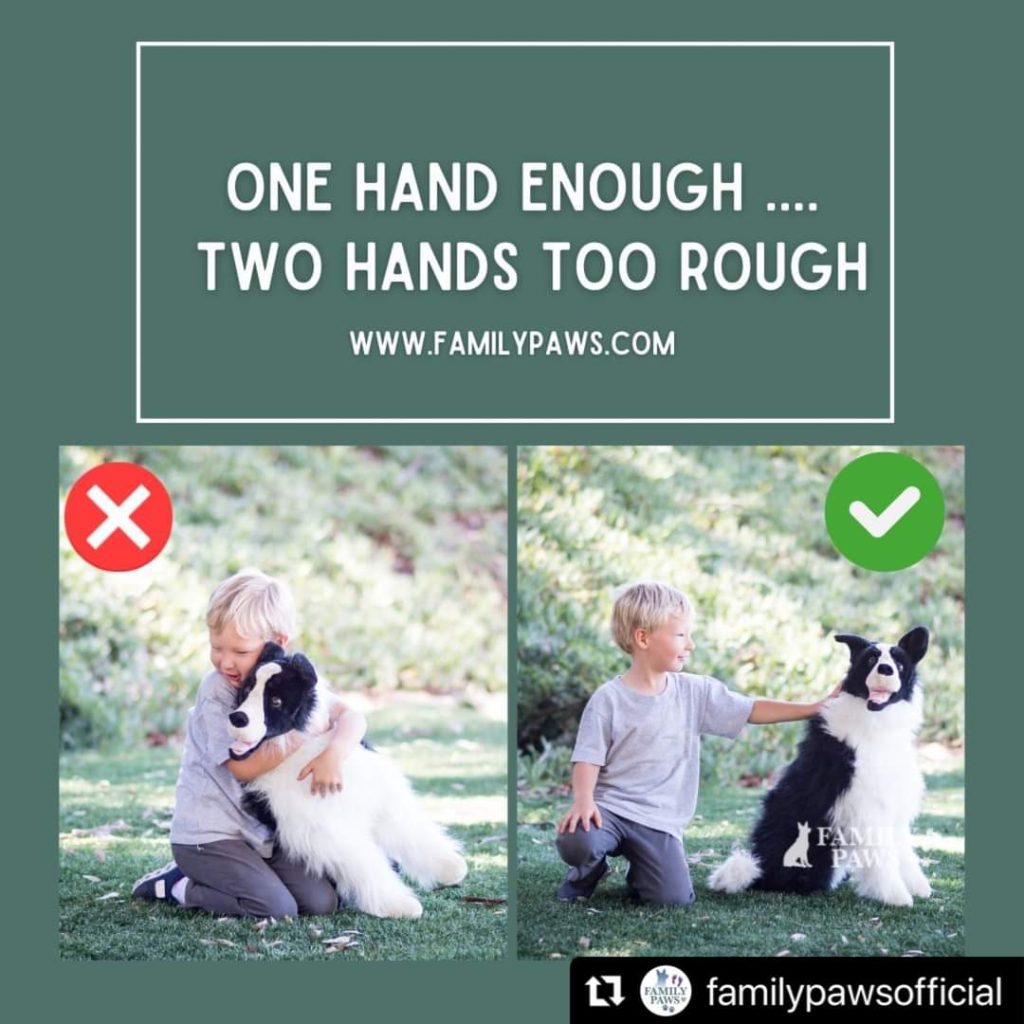
NEVER PUNISH A GROWL – Growls are one way the dog communicates that they need help. If you punish it, then they will skip the growl next time and go straight to a bite.
Safety and Comfort
Creating a safe space within your home where your pet feels secure is paramount. We will only remove ours from their safe space in case of an emergency. Prioritize their well-being by safeguarding them from potential dangers and providing a comfortable environment.
Letting them sleep inside is one way you can help protect them because they shouldn’t be used to protect you. Great if they can warn you, but you are responsible for protecting them from the dangers of this world, including securing your yard so that they can’t get injured or lost.
Nutritional Awareness
Here I will stop a little longer as very few people consider this topic! Food can do one of two things heal or harm. You have to question the prevalent notion that processed kibble is the healthiest option for your pet. Consider exploring alternative diets (raw, gently cooked etc.) and consulting with professionals to ensure optimal nutrition for your furry friend. I always try to find pet food that are human grade with lower carbs as most pet food are feed grade, meaning that it is not fit for human consumption.
50 years ago veterinarians saw patients primarily for acute injuries and infectious diseases. These days, most patients they see are suffering from gastrointestinal (GI) problems, allergies and skin issues, musculoskeletal issues, and organ dysfunction. As someone who studied nutrition, I can’t help but question the role of the diet in this problem. The vet profession seem to be the the only medical professionals that says: “eat more processed food”, meaning kibble.
Search “can my dog eat this” on The Paw Company’s page to learn more about this topic.
Storage – Try to avoid using a plastic container to store kibble. However, if you already purchased the container, keep the food in its original bag and place that bag into the plastic container. This will help keep too much oxygen away from degrading the kibble. Do not buy in bulk as kibble after being opened loses nutritional value. Only buy what you can use in 30 days.
Food and water – Did you know that cats in nature do not eat where they drink due to possible contamination of their water source? Therefore make sure the food and water are not next to each other. In addition, you should have a water bowl and food bowl for each cat/dog as well as separate litterboxes for each cat. Even an extra one as some experts suggest.
If you drink filtered water because you are scared of the harms of tap water, why do you give tap water to your pets?
New food should be changed slowly at least over a week mixing in 25% of new food in old food, then 50%, 75%, and then only 100%.
Poop – Did you know their poop can tell you about their health! We do regular poop patrols at home. Those who consume kibble have larger amounts of poop and they tend to be more stinky. This is likely due to the digestability of the food. When you go to the vet, give them some feedback on the latest poop or even consider taking a sample with.
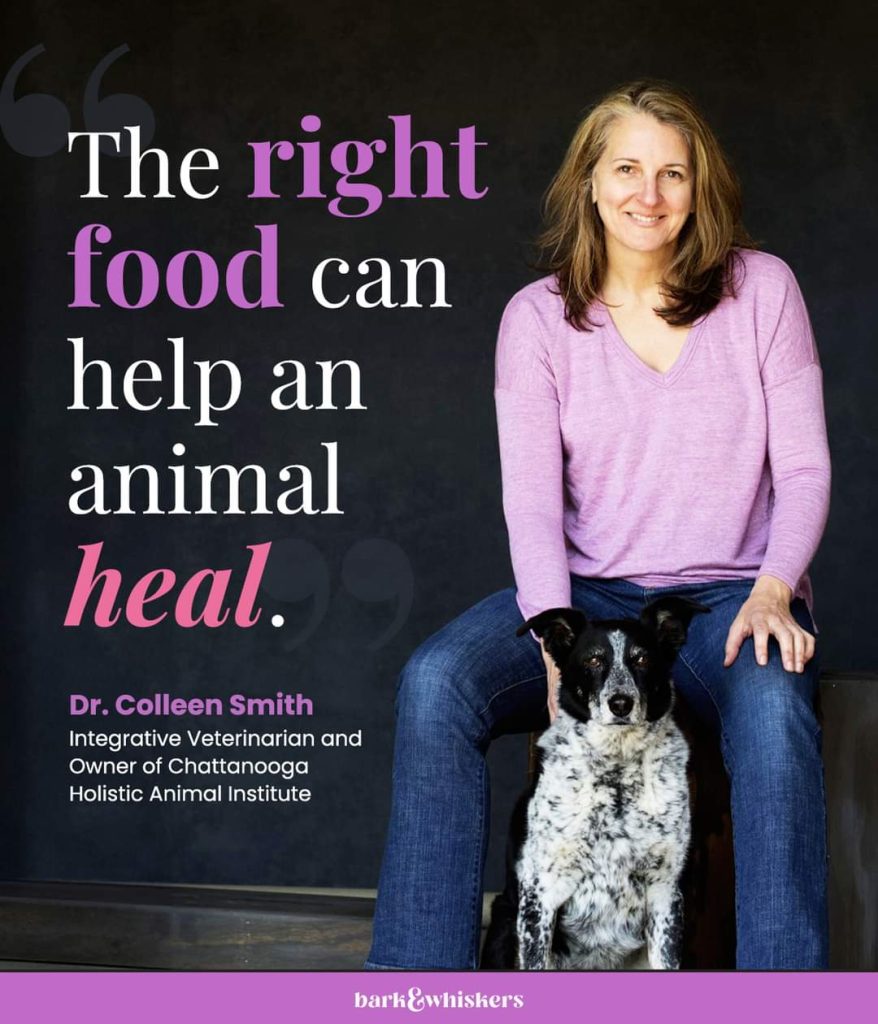
Choosing bowls
Every type of bowl can have its pros & cons! It is your responsibility to do the research for your pet’s needs and health. Take into account the size of the pet, their mouth shape, length of ears, health, and even temperament. Choosing the right material for the bowl. Plastic, Ceramic, or Stainless steel are the 3 popular choices. Each has its pros and cons, but I prefer stainless steel bowls.
Here are some additional tips about bowls:
- Try using a large flat bowl that gives plenty of room. This can also avoid whisker fatigue for cats and dogs.
- Consider raising the bowl if your pet is elderly and/or has arthritis or has some digestive issues, as it may be more comfortable for your pets to eat that way.
- Non-slip flooring so the bowl doesn’t move around.
- The area where the bowls are located, they should be shaded to not heat the water and away from contaminating environments. The pet should also not feel “trapped” when eating.
- Although eating is a social experience for humans, it should be a sole dining experience for your pets. Do not put bowls too close to each other.
- Wash your pet’s bowls daily. You don’t want to eat out of a dirty bowl every day, do you?
- Don’t forget travel bowls.
- If you are changing your pet’s food bowl, offer food in the old bowl and original location as well as use the new bowl in a slightly different location. This allows your pet to have a choice. You can then remove the old bowl once your pet starts using the new one.
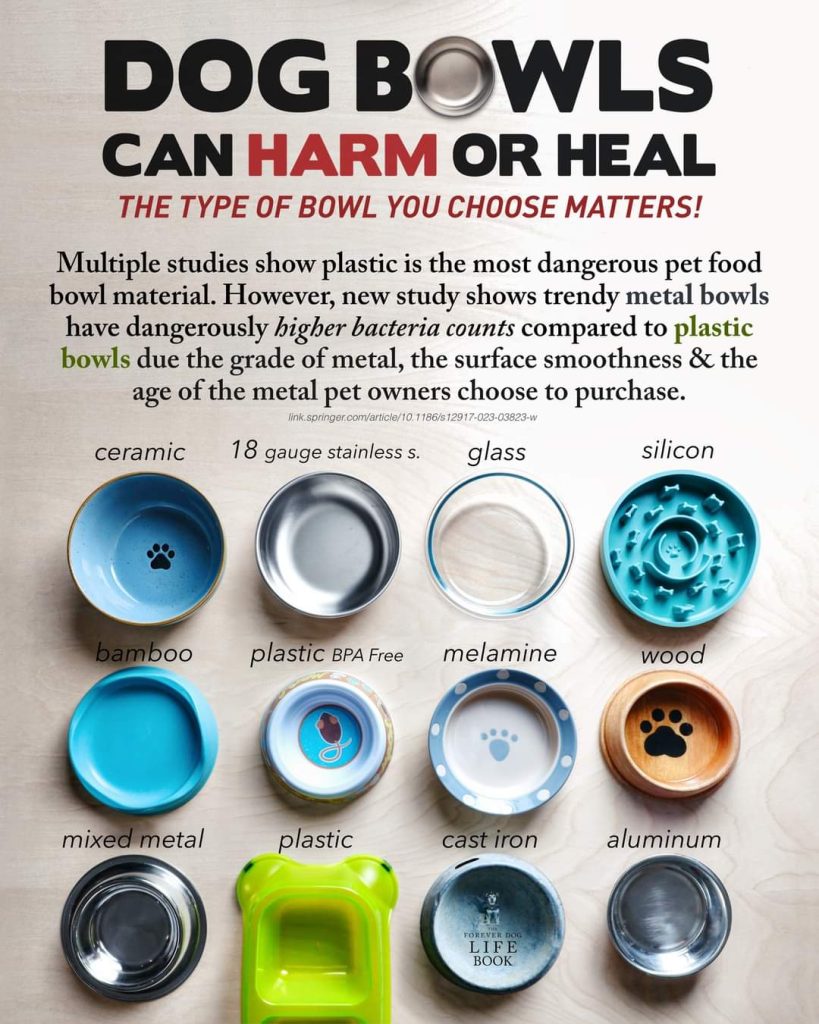
Also, read about navigating the different types of people in animal welfare.
Choosing beds
When choosing a bed for your pets, consider their size, sleeping habits, and any special needs they may have. Opt for materials that are durable, easy to clean, and provide adequate support for their joints. Do clean their bedding regularly, at least as often as you change yours.
Microchip Registration
Your microchip only contains an ID number. If you do not register your pet’s microchip on multiple databases, then the chip is useless as it can’t link anywhere with your details. The large search databases are also not required to share any data (we are working on that), so even if registered on one platform, it doesn’t mean it will come up on another platform. Always keep the details updated and let the vet check if it is still working with your annual vet visits.
Exercise Needs
While walking is beneficial, it often falls short of meeting a dog’s exercise requirements. Most dogs need at least 20 minutes of heart-pumping exercise every day to maintain optimal health and vitality. That is however not the only exercise they need.
Toxic dangers in your home
Be mindful of the numerous household products that pose risks to your pet’s health. From cleaning chemicals, pesticides, gardening products, parfume, scented candles, to non-stick cookware, and more, take precautions to limit their exposure to potentially harmful substances.
Appropriate Gear Selection
When selecting harnesses and apparel for your pet, prioritize their comfort and mobility. Opt for harnesses that allow for natural shoulder blade movement, promoting unrestricted leg movement and overall well-being. I don’t use collars, only harnesses attached to their leash and always a Y-harness (in front) with lots of space over the shoulder blades.
Euthanasia and pet loss and the grief that accompanies it
Making that dreadful decision is not one I wish on anyone, but please do not let your pet suffer because of your feelings around it, and never leave them alone with basically a stranger in those last moments. I will always do it rather too early than wait a day too long to ease their suffering.
Loss is loss and grief is grief. Do not let anyone diminish the loss you experience when you lose a beloved furry, finned, or scaled animal. Do reach out to people who can help you with that grief and be kind to yourself. Remember that pets can grieve too!
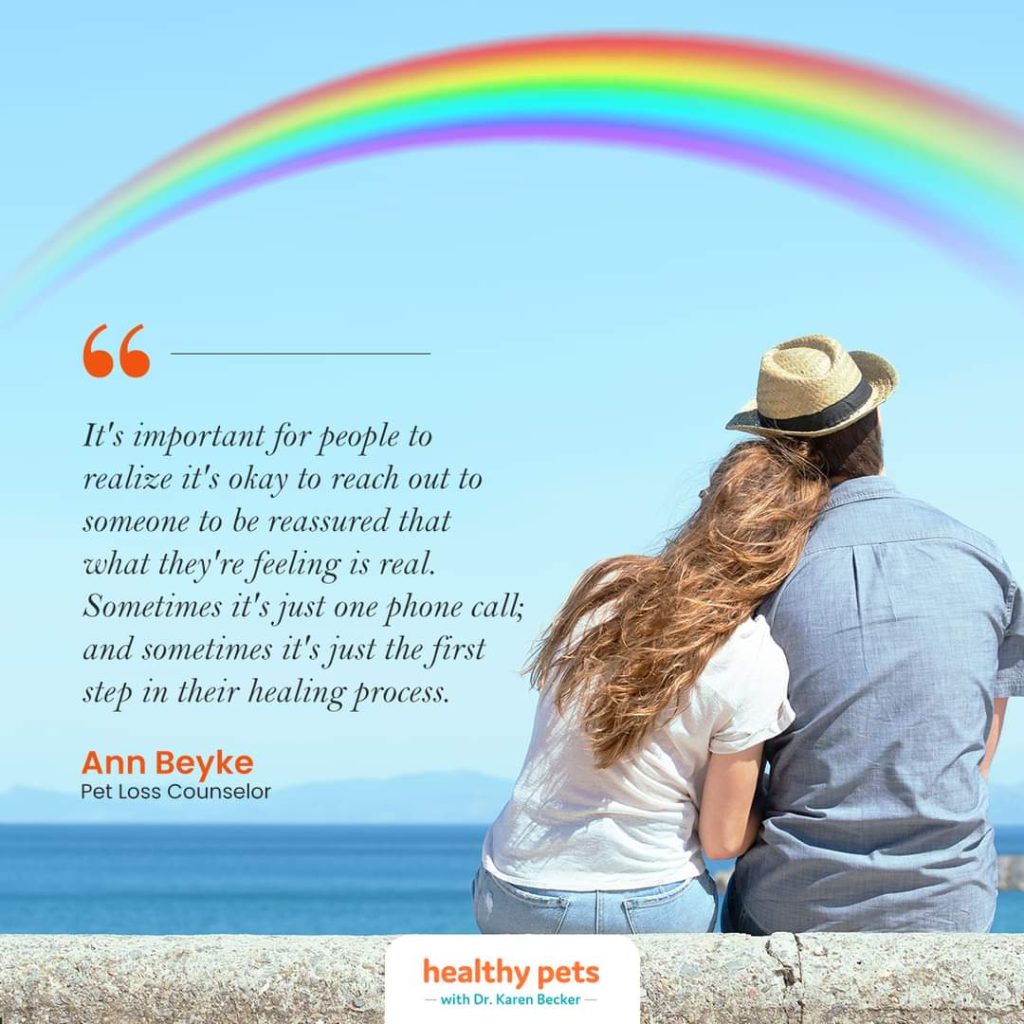
Pet emergency plan and your Will
Including your beloved pets in your will and having an emergency plan for them is of paramount importance for their well-being and security. Pets are cherished members of the family, and ensuring their care after your passing or in times of unforeseen circumstances is a responsibility every pet owner should prioritize. Designating a caregiver in your will, setting aside funds for their upkeep, and outlining their specific needs in an emergency plan provide peace of mind, safeguarding their future and ensuring they continue to receive the love and care they deserve.
Remember that any animal who becomes a nuisance to you was failed by a human.
As pet owners, we hold a profound responsibility to prioritize the welfare of our animal companions. Remember, they didn’t choose to live with us; we chose to bring them into our lives and it is our moral duty to help them cope in this human world. Let’s ensure we fulfill this responsibility with compassion, knowledge, and dedication.
Next week we will look at animal rescue using the Titanic analogy!
WHEN YOU KNOW BETTER, DO BETTER!